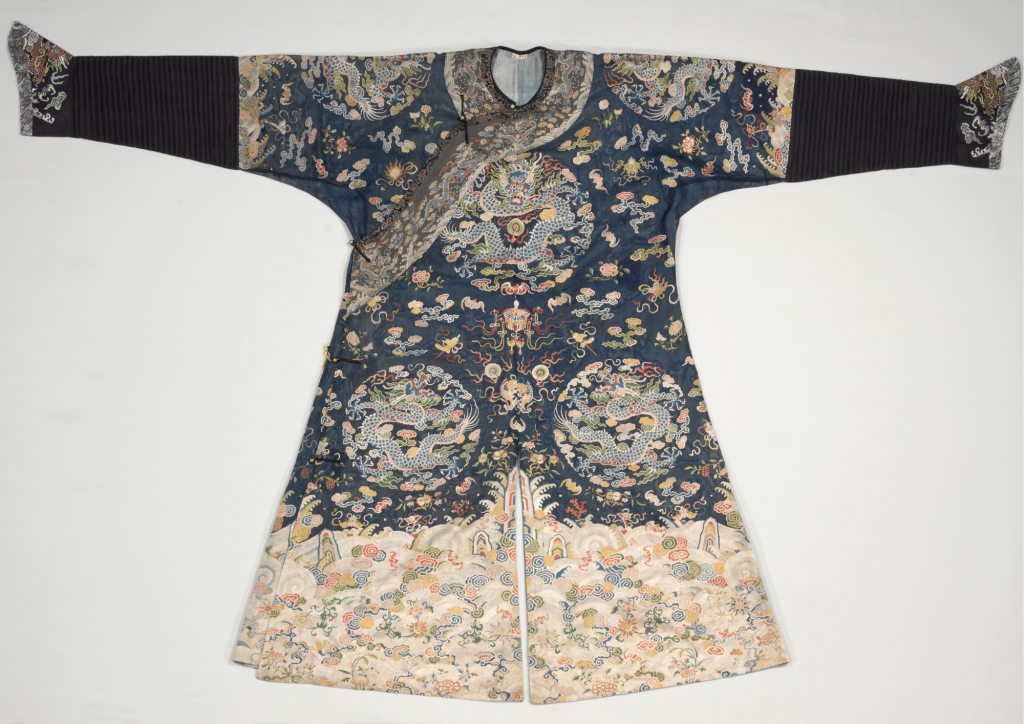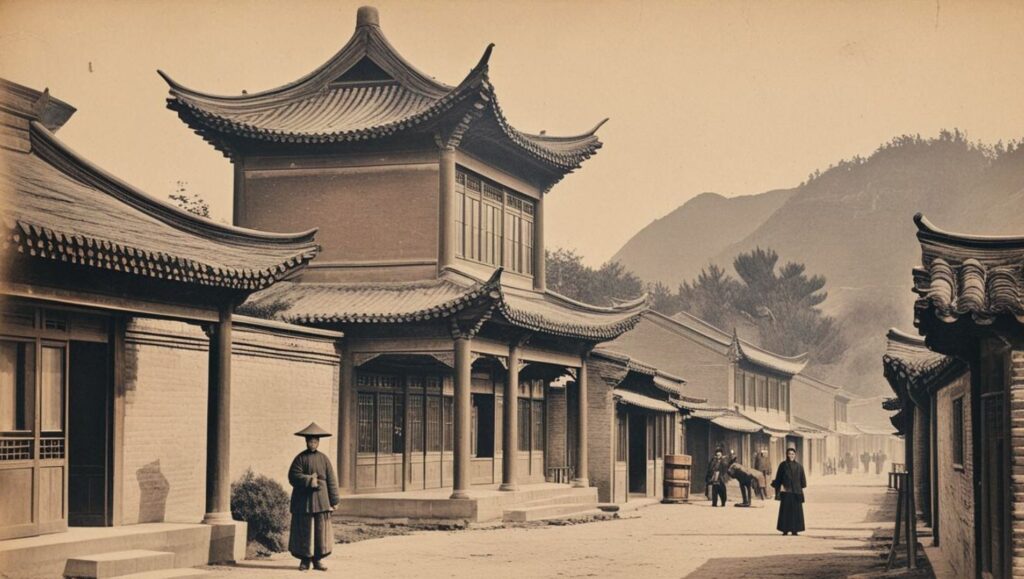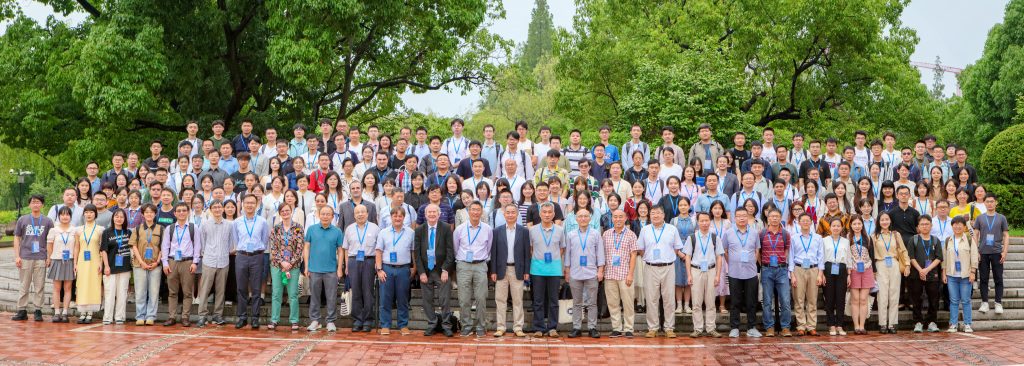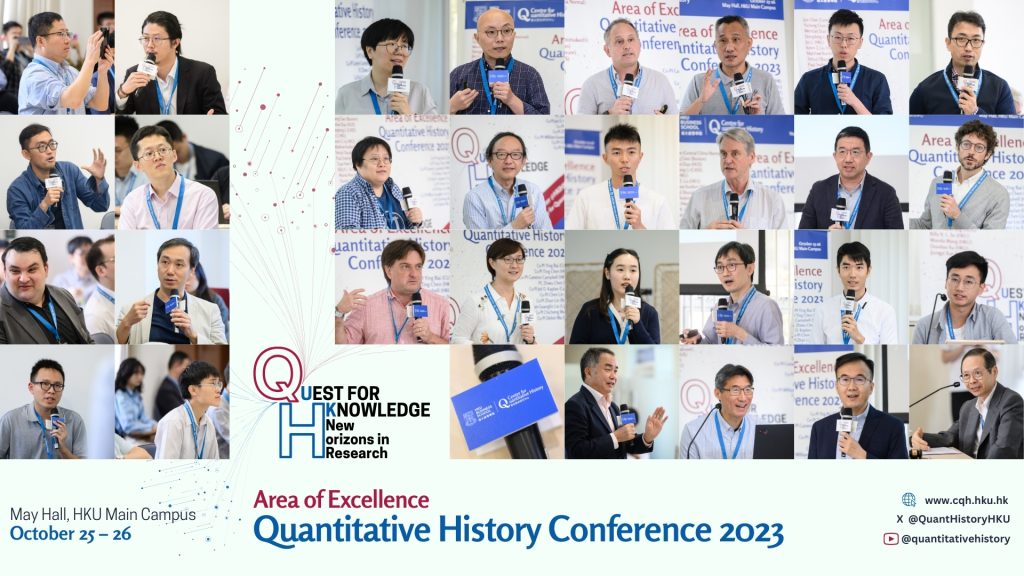
Biography
Cameron Campbell is a Chair Professor in the Division of Social Science at the Hong Kong University of Science and Technology. His research focuses on stratification and inequality, especially in China and in comparative perspective. With other members of the Lee-Campbell group, he is conducting a study of the Qing civil service and the careers of civil officials by construction and analysis of a database of office holders, and participating in other group projects related to the study of the origins of educational elites in China from the Qing to the present. He is involved in two other major projects with the Lee-Campbell Group that involve the creation and analysis of large, longitudinal, individual-level databases from archival records: a study of the social origins and careers of university students, professionals, and other elites in the first half of the twentieth century and a study of rural society in mainland China from 1949 to the mid-1960s using village-level microdata.
He continues research on kinship, inequality, and demographic behavior in China and in comparative perspective using large multi-generational population databases, most notably the China Multigenerational Panel Datasets (CMGPD). In connection with this, he has published on a wide variety of related topics, including economic, family and social influences on demographic outcomes such as birth, marriage, migration, and death, fertility limitation in historical China, and the role of kin networks in shaping social mobility. Related books were published by MIT Press and Cambridge University Press.
He was named a Changjiang Scholar by the Ministry of Education of the People’s Republic of China in 2017, nominated by Central China Normal University, where he is a Changjiang Scholar Professor (長江學者講座教授). He was awarded a Guggenheim Fellowship in 2004. His papers have appeared in such journals as American Journal of Sociology, American Sociological Review, Demography, Population Studies, and Demographic Research.
Related News
Related Publication and Projects

In process mining, extensive data about an organizational process is summarized by a formal mathematical model with well-grounded semantics. In recent years a number of successful algorithms have been developed that output Petri nets, and other related formalisms, from input event logs, as a way of describing process control flows. Such formalisms are inherently constrained when reasoning about the probabilities of the underlying organizational process, as they do not explicitly model probability. Accordingly, this paper introduces a framework for automatically discovering stochastic process models, in the form of Generalized Stochastic Petri Nets. We instantiate this Toothpaste Miner framework and introduce polynomial-time batch and incremental algorithms based on reduction rules. These algorithms do not depend on a preceding control-flow model. We show the algorithms terminate and maintain a deterministic model once found. An implementation and evaluation also demonstrate feasibility.
 October 1, 2023
October 1, 2023 Working Papers
Working Papers
We study the organizational demography of the Qing civil service from 1830 to 1911. Before the 20th century, the Qing bureaucracy was one of the largest non-military organizations in the world in terms of numbers of regular employees. At any given time, approximately 13,000 officials held formal appointments. We present the basic features of its organizational demography using data on nearly all civil officials with formal appointments from 1830 to 1912. We make use of longitudinally linked records of officials in the China Government Employee Database – Jinshenlu (CGED-Q JSL) to reconstruct rates of exit from service, the career lengths of officials, and the number of years since first appointment for currently serving officials. While previous studies of the Qing have examined turnover in specific types of posts, they have not considered the dynamics of complete careers. We find that exit rates in the first year of service were high and then low and stable afterward. While most officials only served for a short time, currently serving officials were relatively experienced. We also show that rates of exit from service declined for much of the last half of the 19th century, and then increased in the first decade of the 20th century. Declining turnover in the last half of the 19th century would have reduced opportunities for degree holders seeking posts and for officials seeking promotion at a time when the number of holders of purchased degrees competing for posts was increasing. We also compare different categories of officials. The results not only illuminate basic features of the organizational demography of Qing officialdom, but also provide a baseline for interpreting results from case studies of specific groups of officials or specific time periods.
 November 30, 2023
November 30, 2023 Working Papers
Working Papers
We decompose population growth in 19th century Liaoning in northeast China into the shares accounted for by different socioeconomic groups, and by time periods with different economic conditions as reflected in grain prices. This decomposition reveals who benefitted the most when social and economic conditions supported population increase. Previous studies of one region for which relevant data are available, northeast China, showed that birth and death rates varied according to community, household, and individual context, but did not investigate differences in growth rates by context, or the shares of population growth accounted for by each group. Using the same dataset, we decompose population growth by synthesizing differentials in mortality and fertility into estimates of implied growth rates of population subgroups and the shares of total population growth they account for. This decomposition framework can be applied in any setting where household registers or other sources allow for the measurement of the mortality and fertility rates of population subgroups at fixed points of time. We show that advantaged socioeconomic groups contributed disproportionately to population growth in northeast China, and that more growth took place when harvests were good, that is when grain prices were low. Even though mortality and fertility responses to grain price fluctuations varied across subgroups, there is no evidence of differential response of growth rates to these fluctuations. We conclude by discussing the implications of our findings for our understanding of population dynamics in the late Qing.
 July 17, 2025
July 17, 2025 Journal Publications
Journal Publications






